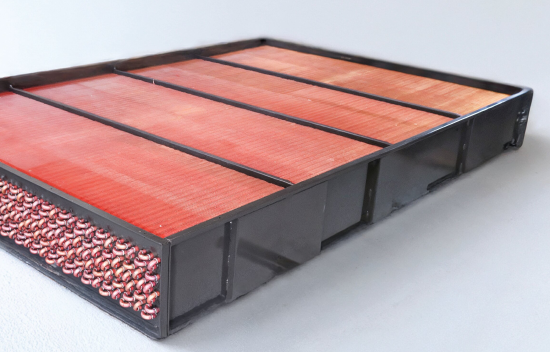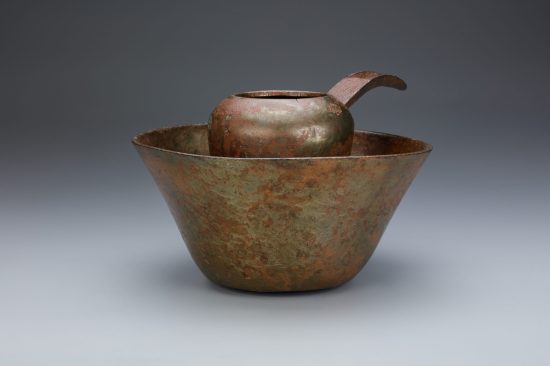From Antiquity to Innovation:
How Copper Enhances Indoor Air Quality in HVAC Systems
Heat exchangers do more than control temperatures they play a direct role in the health of indoor environments. In healthcare facilities, hotels, and high-occupancy buildings, HVAC systems face a common challenge: bio-contamination from bacteria, fungi, and viruses. At Dolphin Manufacturing LLC, we integrate copper into our heat exchanger designs, leveraging its natural antimicrobial properties to create safer and more reliable HVAC solutions.

Why Bio-Contamination Is a Risk in HVAC Systems
HVAC coils operate in warm, humid, and often dark conditions perfect environments for microbial growth. When bacteria or fungi colonize coil surfaces, the impact goes beyond efficiency loss:
- Airborne pathogen spread that can compromise indoor air quality (IAQ)
- Increased maintenance costs from fouling and blockages
- Higher risk of infection in sensitive environments like hospitals or nursing homes
The Antimicrobial Edge of Copper
Copper’s antimicrobial benefits aren’t new. Ancient Egyptians used copper containers for water storage to prevent contamination, and Roman physicians used copper compounds for wound treatment. Today, modern science calls it contact killing a process where copper surfaces actively destroy microorganisms.

Ancient Egyptian copper ewer (Middle Kingdom, ca. 1981–1802 B.C.). The Metropolitan Museum of Art, Open Access (CC0).
How It Works:
- Reactive Oxygen Species (ROS) Generation: Copper surfaces create ROS that damage and rupture microbial cell membranes.
- Copper Ion Release (Cu⁺ & Cu²⁺): These ions penetrate cells, disrupting RNA, DNA, and cellular function.
- Enhanced Viral Defense: In synergy with zinc, copper has demonstrated strong antiviral activity even against pathogens like SARS-CoV-2.
This natural process works continuously and doesn’t require additional power or chemicals.
Impact on Common Pathogens
Copper components in HVAC coils can significantly reduce the presence of harmful microorganisms, including:
- MRSA (Methicillin-resistant Staphylococcus aureus)
- C. difficile
- E. coli
- Legionella pneumophila
Reducing these contaminants contributes to better IAQ, fewer maintenance interventions, and improved infection control.
Copper’s Regulatory Recognition
In 2008, copper became the first solid antimicrobial material registered by the U.S. Environmental Protection Agency (EPA). This recognition validates copper’s long-proven ability to inhibit microbial growth in real-world applications.
Dolphin’s Role in Modern HVAC Innovation
We extend copper’s legacy into next-generation HVAC coil and fin designs. Our approach delivers:
- Hygienic benefits for improved IAQ
- Optimized thermal efficiency
- Durability and long service life
The result: HVAC systems that not only regulate temperature but also actively support healthier indoor environments.
Want to learn more about how copper-enabled HVAC solutions can improve indoor air quality in your facility?
Explore Dolphin HVAC-R
